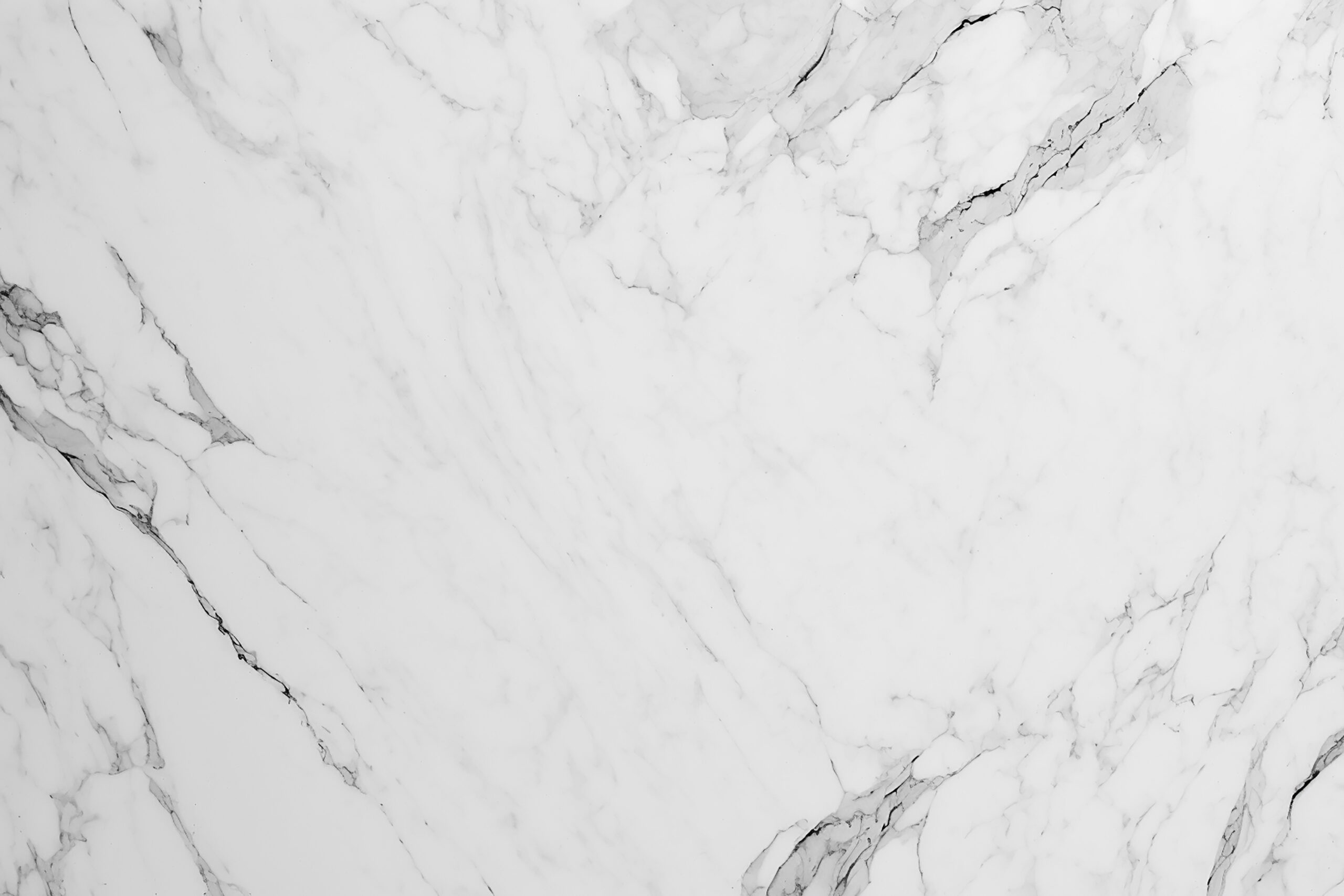Ceramic Tiles: An In-Depth Exploration of a Timeless Material
Ceramic tiles have been integral to construction and design for millennia, prized for their durability, versatility, and aesthetic appeal. This blog will explore the various aspects of ceramic tiles, from their history and manufacturing process to their types, applications, and emerging trends. Additionally, we’ll highlight the role of ceramic tiles suppliers in the UAE and discuss the influence of stone suppliers in the UAE on the tile industry.
Table of Contents
- A Brief History of Ceramic Tiles
- Manufacturing Process
- Types of Ceramic Tiles
- Applications of Ceramic Tiles
- Trends in Ceramic Tiles
- Choosing the Right Ceramic Tiles
- Ceramic Tiles Suppliers in the UAE
- Future of Ceramic Tiles
- Conclusion
1. A Brief History of Ceramic Tiles
Ancient Origins
Ceramic tiles trace their origins back to ancient civilizations such as the Egyptians, who used glazed bricks in their architecture around 4000 BC. These early tiles were rudimentary in design but laid the groundwork for the decorative and functional uses of tiles in later cultures.
Middle Ages to Renaissance
During the Middle Ages, Islamic artisans refined tile-making techniques, producing intricate designs that adorned mosques and palaces. The Renaissance period in Europe saw a renewed interest in ceramic art, with Italian and Spanish craftsmen leading advancements in decorative tiles, notably majolica and azulejos.
Industrial Revolution to Modern Day
The Industrial Revolution brought mechanization to tile production, making ceramic tiles more accessible. The development of new glazes and mass-production techniques allowed for a broader range of designs and applications, paving the way for the modern ceramic tile industry.
2. Manufacturing Process
Raw Materials
The primary raw materials for ceramic tiles include:
- Clay: Forms the base and structure of the tile.
- Feldspar: Acts as a flux to lower the melting point of the clay.
- Quartz and Sand: Enhance the tile’s hardness and durability.
Production Steps
- Preparation: Raw materials are mined, crushed, and blended into a fine powder.
- Forming: The mixture is shaped into tiles through pressing or extrusion.
- Drying: Moisture is removed to prevent cracking during firing.
- Firing: Tiles are fired in kilns at high temperatures, transforming the raw clay into a solid, durable ceramic.
- Glazing: A glass-like coating is applied to enhance appearance and resistance to stains.
- Final Firing: The glaze is bonded to the tile surface, completing the manufacturing process.
3. Types of Ceramic Tiles
It is possible to buy ceramic tiles in a variety of types, each suited for a particular use::
Glazed Ceramic Tiles
Glazed tiles have a protective coating that makes them stain-resistant and easy to clean. They come in a wide range of colors and finishes, from glossy to matte.
Unglazed Ceramic Tiles
Unglazed tiles offer a natural, rustic appearance but are more porous and require sealing to protect against stains. They are commonly used for floors and outdoor applications.
Porcelain Tiles
Porcelain tiles are a type of ceramic known for their low water absorption and high durability. They are ideal for high-traffic areas and can be used indoors and outdoors.
Terracotta Tiles
Terracotta tiles are made from red or brown clay and have a warm, earthy appearance. They are typically unglazed and used in Mediterranean or rustic designs.
Mosaic Tiles
Mosaic tiles are small tiles arranged to create patterns or images. They are used for decorative purposes, often in backsplashes, showers, and accent walls.
4. Applications of Ceramic Tiles
Ceramic tiles are used in a variety of settings, thanks to their versatility and durability:
Flooring
Ceramic tiles are a popular choice for flooring due to their durability and ease of maintenance. They are suitable for kitchens, bathrooms, living areas, and commercial spaces.
Walls
Ceramic tiles can protect and decorate walls in kitchens, bathrooms, and other areas prone to moisture. Glazed tiles are particularly popular for backsplashes and shower walls.
Countertops
Ceramic tiles provide a heat-resistant and easy-to-clean surface for countertops. They offer flexibility in design with various colors, patterns, and textures.
Outdoor Spaces
Certain ceramic tiles, like terracotta and porcelain, are suitable for outdoor use in patios, walkways, and pool surrounds, providing both functionality and aesthetic appeal.
Decorative Elements
Mosaic and decorative tiles add visual interest to any space. They can be used to create artistic designs, accent walls, or even unique furniture pieces.
5. Trends in Ceramic Tiles
The ceramic tile industry continually evolves, reflecting changing tastes and technological advancements:
Large Format Tiles
Large format tiles are increasingly popular for their modern aesthetic and ability to create seamless surfaces with minimal grout lines, making spaces appear larger.
Wood-Look Tiles
Wood-look tiles mimic the appearance of natural wood while offering the durability and low maintenance of ceramic. They are ideal for those who want the look of wood without its upkeep.
Geometric Patterns
Bold geometric patterns are a contemporary trend, adding visual interest and dynamism to floors and walls. These tiles are often used to create statement designs.
Textured Tiles
Textured tiles, featuring raised patterns or 3D designs, add depth and tactile appeal to spaces. They are used for feature walls and decorative elements.
Sustainable Tiles
As environmental concerns grow, sustainable tiles made from recycled materials and produced with eco-friendly processes are gaining traction.
- Choosing the Right Ceramic Tiles
Selecting the appropriate ceramic tiles involves considering various factors:
Functionality
Evaluate the tile’s suitability for the intended application, considering factors like water resistance, durability, and slip resistance.
Choosing tiles that complement the space’s color scheme and overall design is important.. Consider the tile’s texture, finish, and size to achieve the desired look.
Maintenance
Different tiles have varying maintenance needs. Glazed tiles are easier to clean, while unglazed and textured tiles may require more care.
Budget
Ceramic tiles come in a range of prices. Consider both the initial cost and the long-term value, factoring in durability and maintenance.
- Ceramic Tiles Suppliers in the UAE
The UAE’s booming construction and interior design sectors have fostered a vibrant market for ceramic tiles. Local suppliers offer a diverse array of products, catering to various design preferences and project requirements.
Ceramic tiles suppliers in uae provide both locally manufactured and imported tiles, ensuring a wide selection of styles, sizes, and finishes. These suppliers play a crucial role in the market, offering high-quality tiles that meet international standards and supporting large-scale projects across residential, commercial, and hospitality sectors.
In addition to ceramic tiles suppliers in dubai also influence the market by offering natural stone options that complement ceramic tiles. Natural stones like marble, granite, and travertine can be used alongside ceramic tiles to create elegant and sophisticated designs. The synergy between ceramic and stone suppliers enables designers and builders to craft unique and aesthetically pleasing spaces.
- Future of Ceramic Tiles
The ceramic tile industry is poised for continued innovation and growth. Key trends shaping the future include:
Digital Printing
Digital printing technology allows for high-definition designs and customization. This innovation enables manufacturers to produce tiles with intricate patterns and realistic textures, offering greater design flexibility.
Smart Tiles
Smart tiles are an emerging concept that integrates technology into ceramic tiles. These tiles can incorporate features like LED lighting, sensors, and heating elements, enhancing the functionality of spaces.
Sustainable Practices
Sustainability will remain a key focus, with manufacturers adopting eco-friendly materials and production methods. Tiles made from recycled content and processes that reduce carbon footprints will become more prevalent.
Integration with Smart Homes
As smart home technology advances, ceramic tiles may be integrated with home automation systems. This could include programmable lighting, temperature control, and interactive surfaces, offering a seamless blend of design and technology.
- Conclusion
From ancient decorative elements to modern design staples, ceramic tiles have stood the test of time.. Their versatility, durability, and aesthetic appeal make them a popular choice for a wide range of applications, from flooring and walls to countertops and outdoor spaces. The continuous innovation in tile design and manufacturing ensures that ceramic tiles remain relevant in both traditional and contemporary settings.
The UAE’s thriving market for ceramic tiles, supported by a robust network of suppliers, reflects the growing demand for high-quality and stylish tile solutions. Whether you are a homeowner looking to enhance your living space or a designer working on a commercial project, ceramic tiles offer endless possibilities for creating beautiful and functional environments.
As we look to the future, advancements in technology and sustainability will continue to shape the ceramic tile industry, offering new opportunities for creativity and efficiency. With their timeless appeal and modern innovations, ceramic tiles will undoubtedly remain a cornerstone of interior design for years to come









